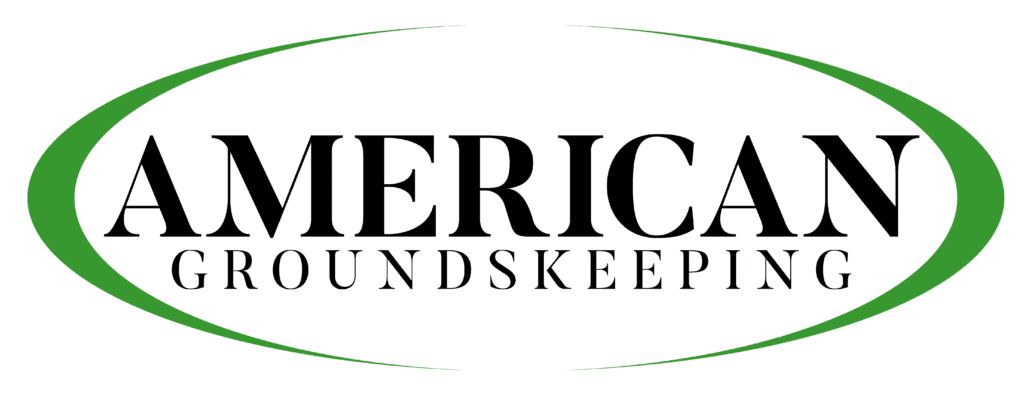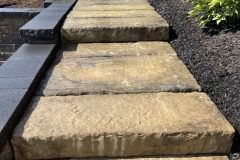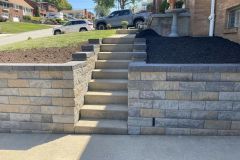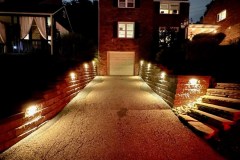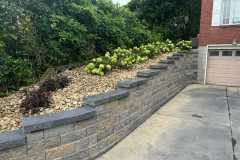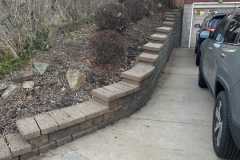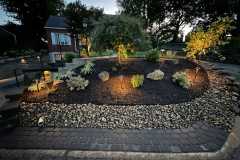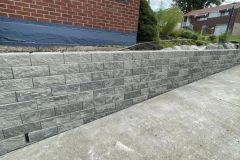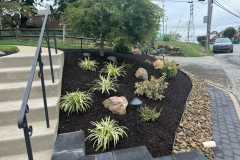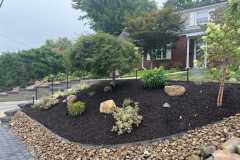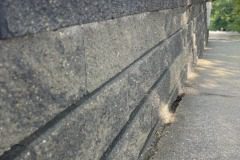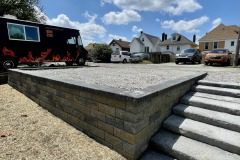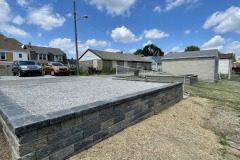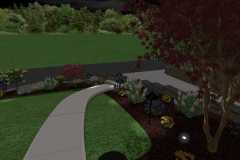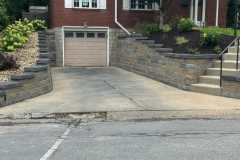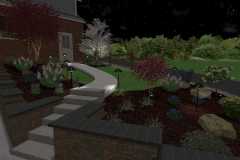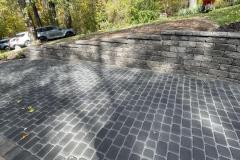Picture this: a picturesque Pittsburgh property nestled on a sloped hill, offering breathtaking views of the surrounding landscape. It’s a dream come true, but as the rainy season approaches, that dream can quickly turn into a nightmare. Sloped hills are susceptible to erosion, water runoff, and potential damage to your property. That’s where the importance of retaining walls comes into play.
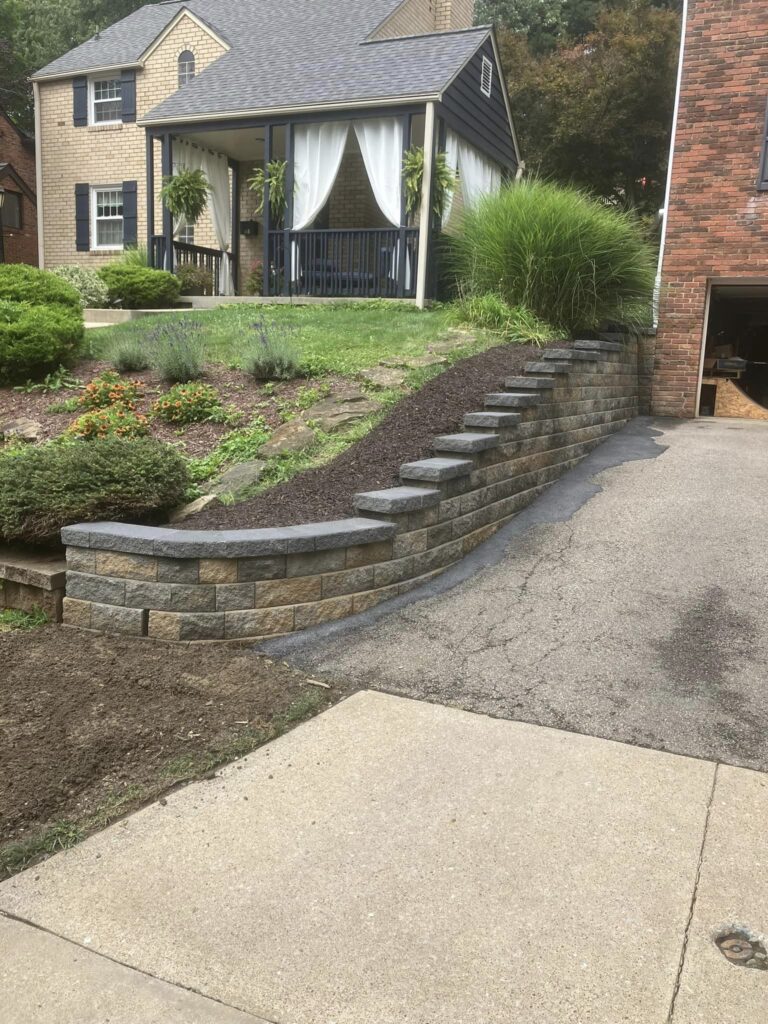
The Challenge of Sloped Hills
Pittsburgh’s topography is as diverse as its culture, with many homes situated on sloped hills. While these landscapes offer charm and character, they also pose significant challenges, especially during the rainy season. Erosion, water runoff, and potential landslides become imminent threats. This is where well-designed retaining walls prove their worth.
The Rainy Season Rundown: Navigating the Challenges
As the rainy season approaches, it’s crucial to be prepared for the deluge that might come your way. Pittsburgh’s weather can be unpredictable, and heavy rainfall can wreak havoc on your property if you’re not proactive. Sloped hills, in particular, are vulnerable to erosion and soil displacement.
Erosion Defense: The Role of Retaining Walls
Retaining walls are like unsung heroes, silently working to protect your property. They hold back soil, preventing erosion and the potential collapse of the hillside. By strategically placing retaining walls, you create barriers that keep the soil in place and minimize the risks associated with heavy rain.
The Magic of Retaining Walls: Benefits Beyond Erosion Control
While erosion control is a critical function of retaining walls, their benefits extend far beyond that.
Aesthetic Appeal: Blending Beauty with Functionality
Modern retaining walls are more than just functional structures; they can also enhance the aesthetics of your property. With a variety of materials and designs to choose from, you can create a seamless blend between the wall and the natural landscape. Terraced gardens, for instance, offer both beauty and functionality, transforming your sloped hill into an enchanting oasis.
Improved Drainage: Channeling Water Wisely
One of the primary challenges of sloped hills is water runoff. Retaining walls can be designed to incorporate drainage systems that guide water away from your property’s foundation. By directing rainwater into proper channels, you minimize the risk of flooding, soil erosion, and structural damage.
The American Groundskeeping Advantage: Expertise in Sloped Hill Solutions
When it comes to addressing the challenges of sloped hills during the rainy season, American Groundskeeping stands as a trusted ally.
Tailored Solutions: Crafting Customized Retaining Walls
Each property is unique, requiring tailored solutions to combat the challenges of sloped hills. American Groundskeeping’s team of experts excels at designing retaining walls that seamlessly integrate with the existing landscape. Their expertise ensures that your retaining walls not only serve their functional purpose but also add to the overall beauty of your property.
Professional Execution: The Science Behind the Aesthetics
Crafting effective retaining walls involves a delicate balance between engineering and aesthetics. American Groundskeeping’s approach combines their in-depth understanding of soil mechanics, drainage systems, and hardscape design to create solutions that are both structurally sound and visually appealing.
Conclusion: A Secure Future for Your Property
As the rainy season approaches, now is the time to take action and fortify your property against the challenges of sloped hills. The installation of well-designed retaining walls can make a world of difference, offering erosion control, improved drainage, and an enhanced aesthetic appeal.
Don’t leave your property’s fate to chance. Embrace the expertise of American Groundskeeping and transform your sloped hill into a secure and stunning landscape that’s ready to face any weather that comes its way.
To learn more about how American Groundskeeping can help you create a resilient and beautiful property, visit their website.
